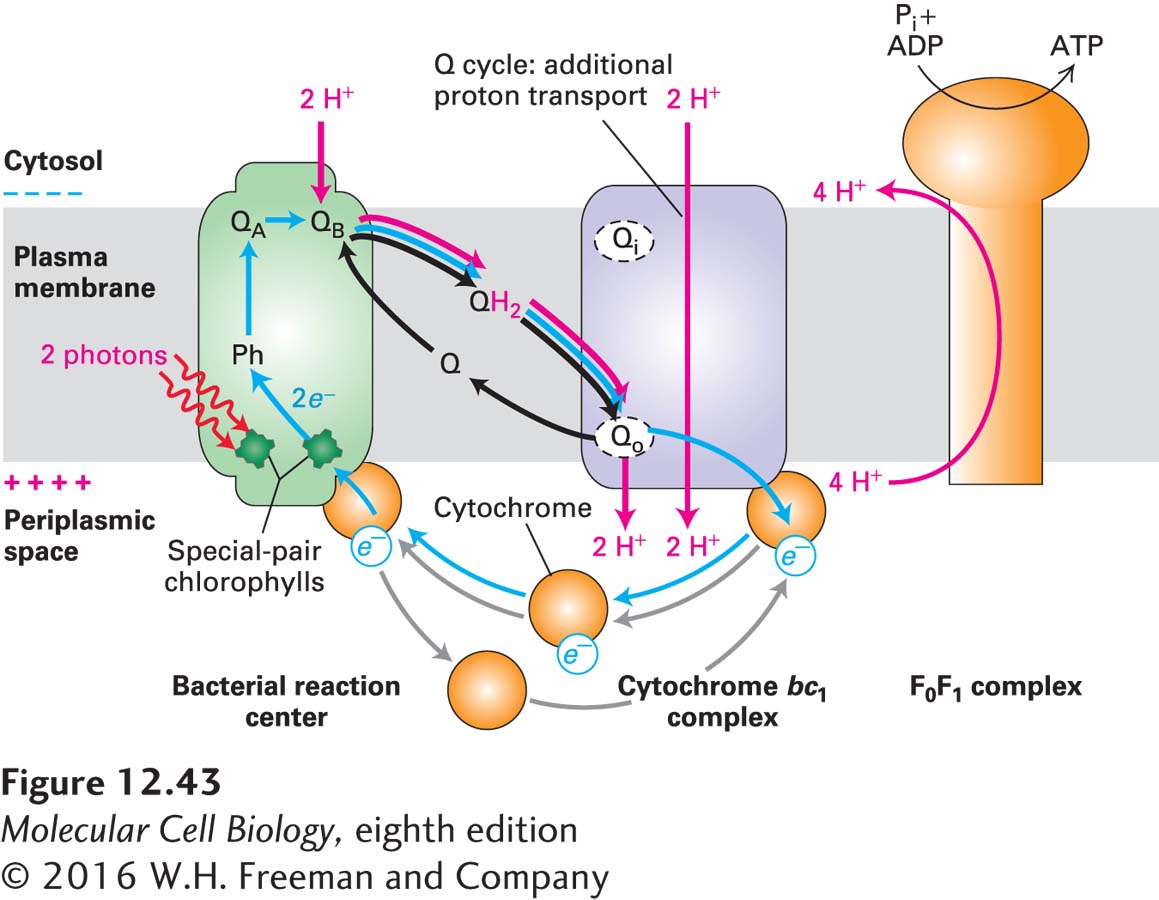
FIGURE 12- n- l- n- n-